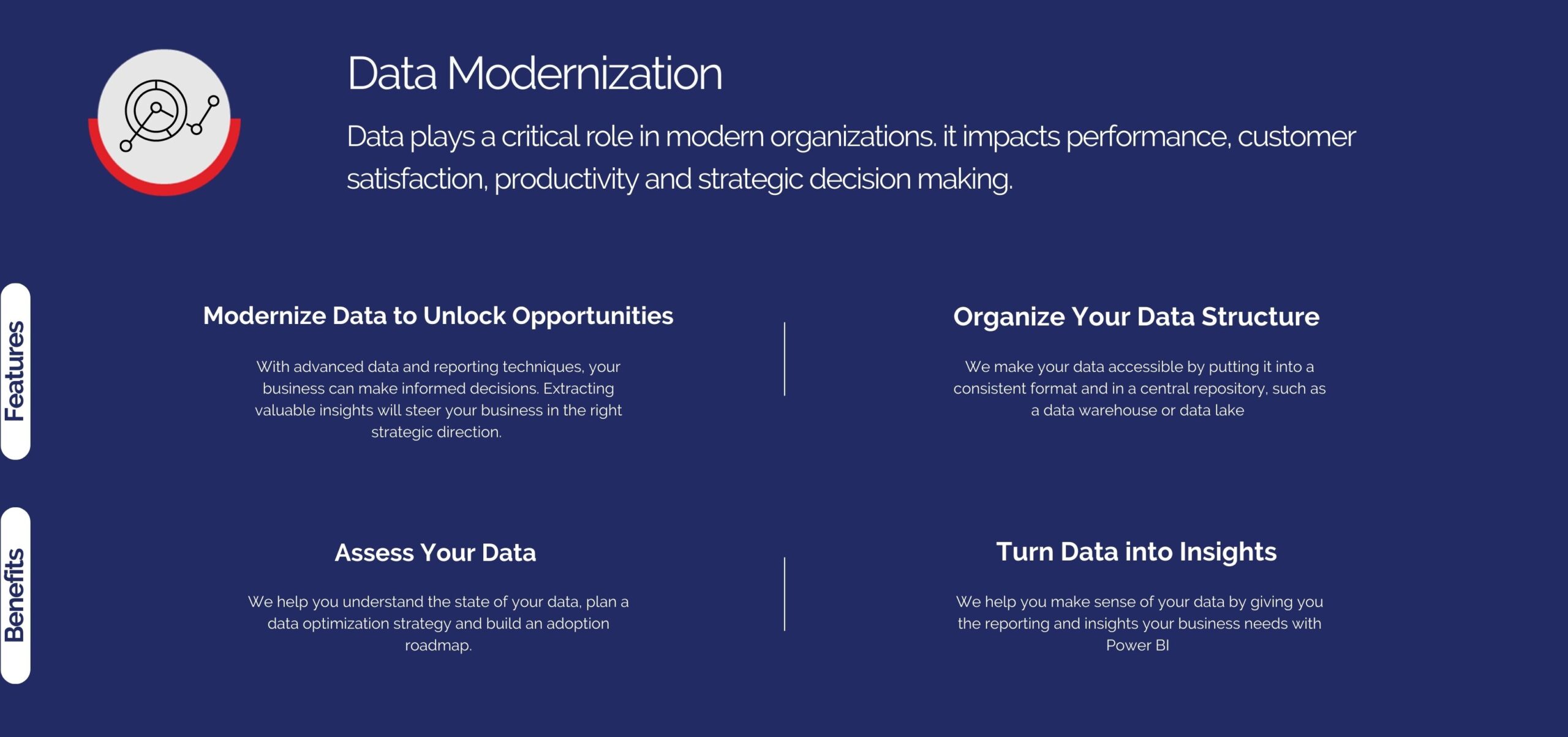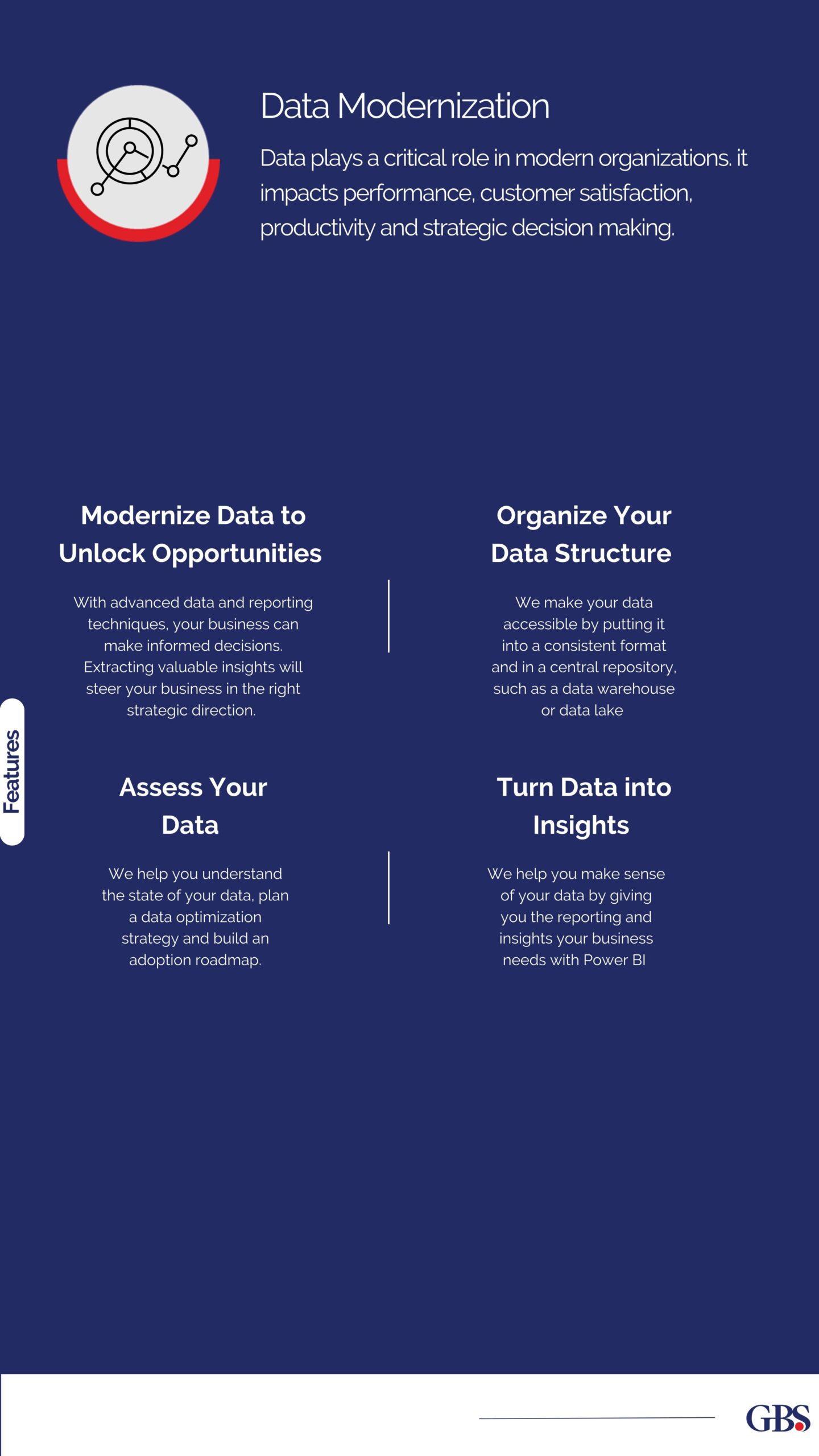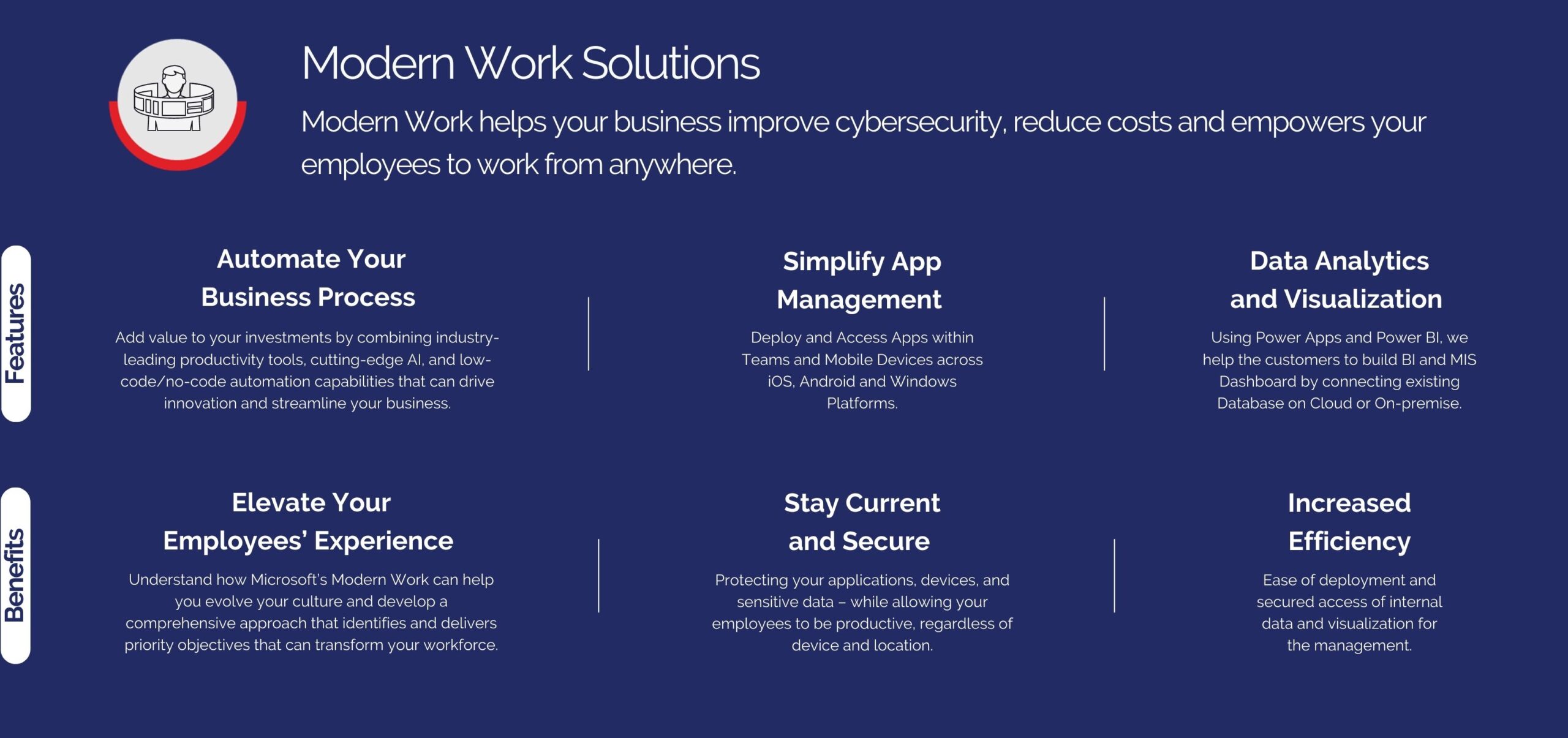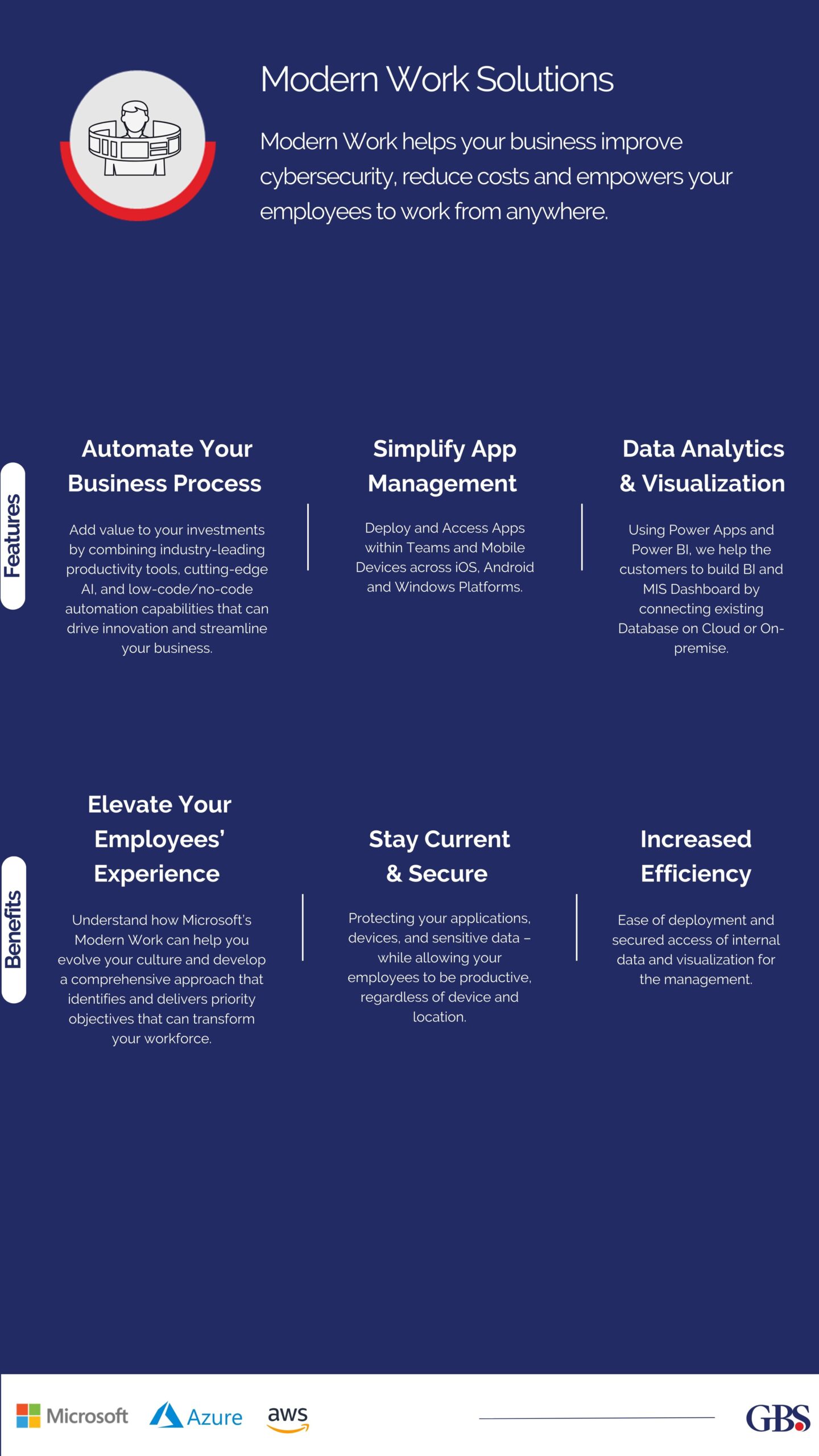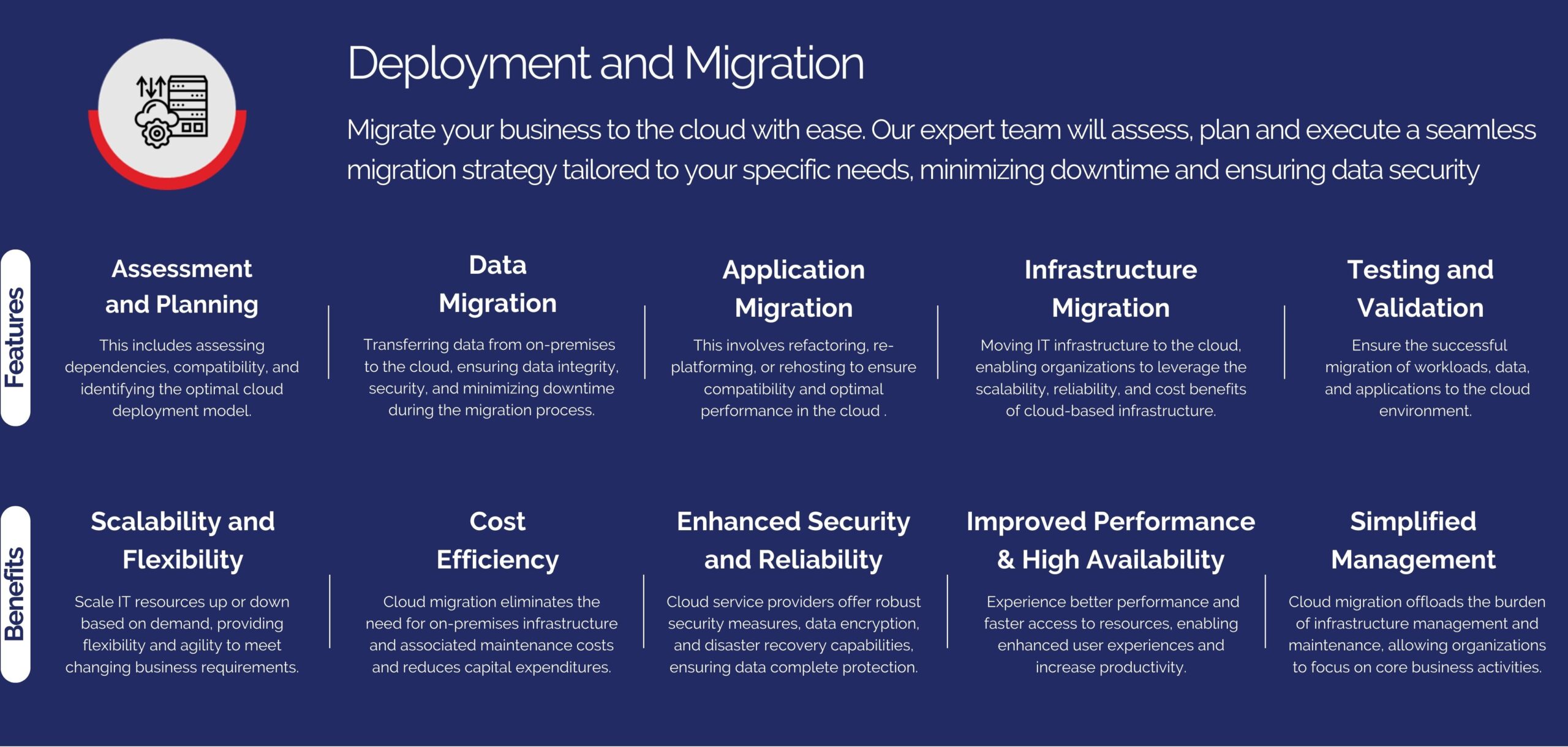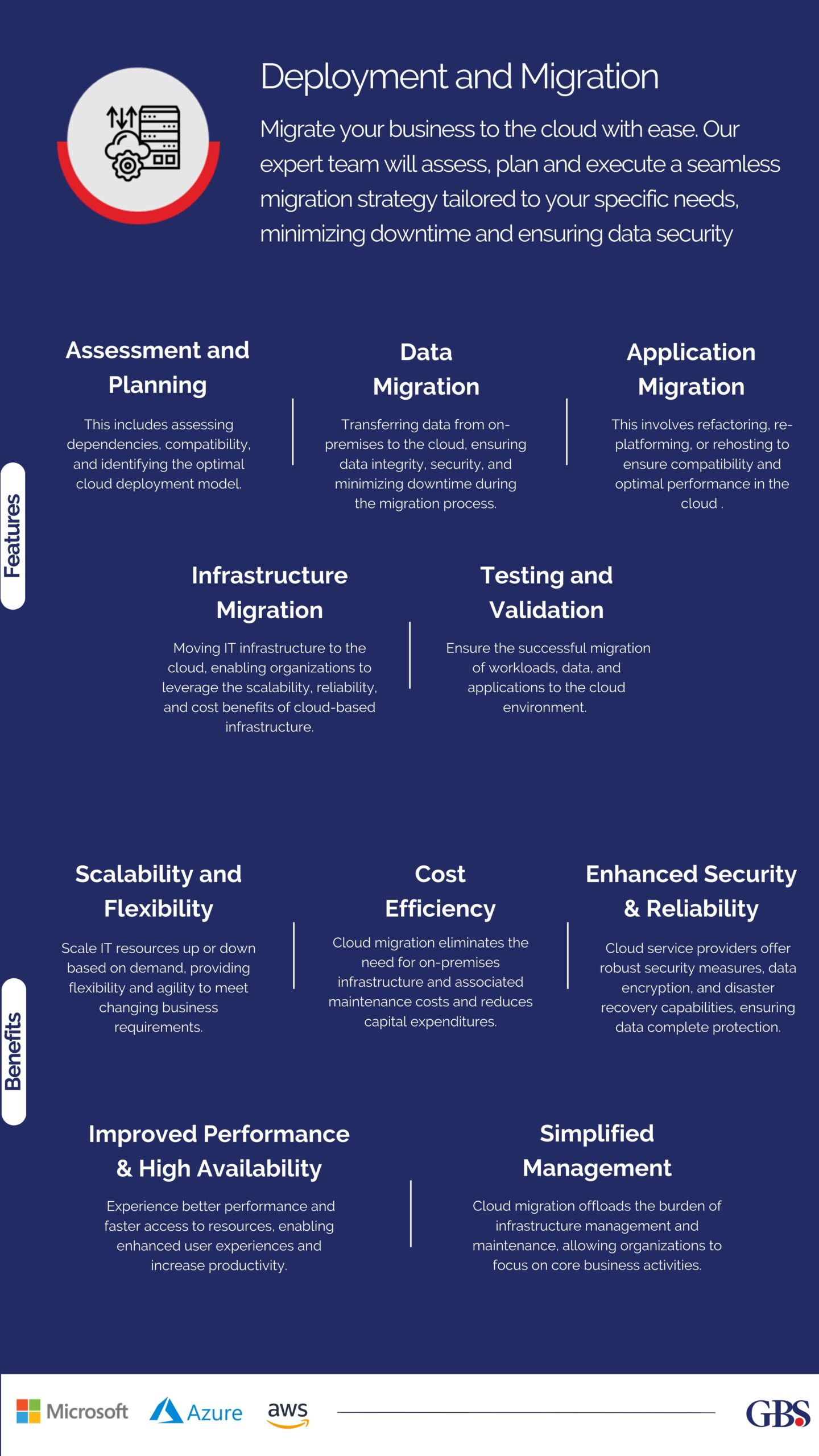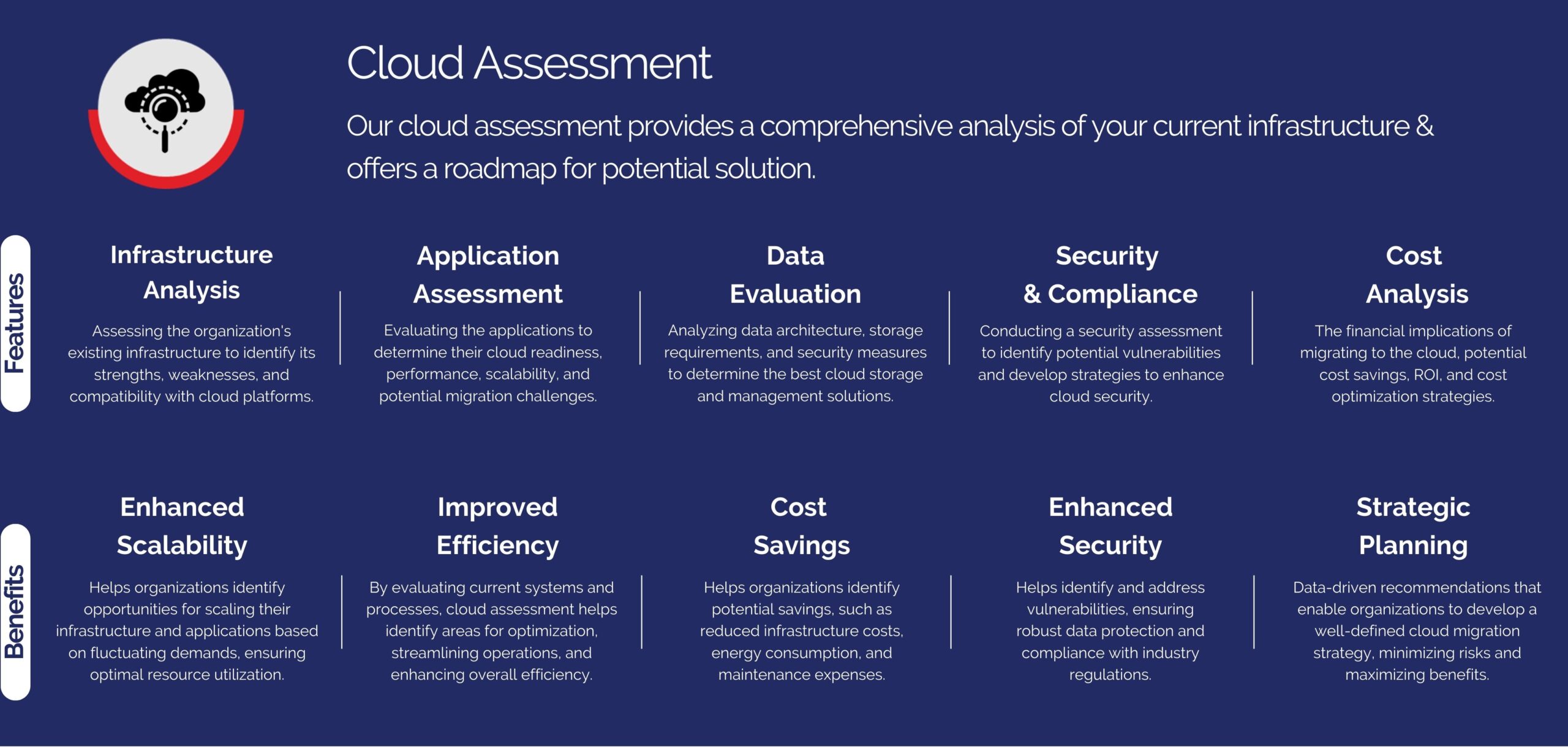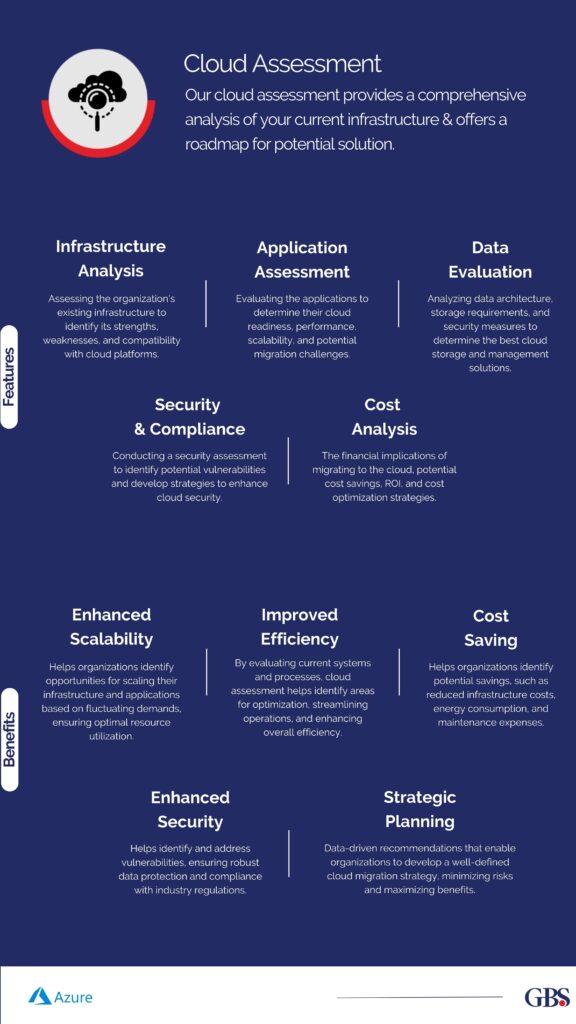Understanding Disaster Recovery & Its Importance for Modern Businesses

The Basics of Disaster Recovery
Disaster recovery (DR) is a critical component of business continuity planning. It involves a set of policies, tools, and procedures designed to enable the recovery or continuation of vital technology infrastructure and systems following a natural or human-induced disaster. The aim of DR is to minimize the impact of such disruptions on business operations, ensuring that essential functions can resume within an acceptable timeframe.
DR is not just about backing up data; it involves a comprehensive strategy that includes anticipating potential disasters, implementing preventive measures, and establishing detailed recovery procedures. This holistic approach ensures that businesses can respond quickly and effectively to unforeseen events, minimizing downtime and financial losses.
Common Types of Disasters Affecting Businesses
Disasters come in many forms, each with unique challenges and implications for businesses. Understanding these different types is crucial for developing a robust DR plan:
- Natural Disasters: These include events like earthquakes, hurricanes, floods, and fires. Natural disasters can cause extensive physical damage to infrastructure, leading to significant operational disruptions.
- Technological Failures: Hardware failures, software bugs, and power outages can cripple IT systems. These failures often occur without warning and can be difficult to predict.
- Human Error: Mistakes made by employees, such as accidentally deleting important files or misconfiguring systems, are common causes of data loss and system outages.
- Cyberattacks: Increasingly sophisticated cyber threats like ransomware, phishing, and DDoS attacks pose significant risks. A successful cyberattack can lead to data breaches, financial loss, and reputational damage.
Key Components of a Disaster Recovery Plan
A well-rounded disaster recovery plan should encompass several key components:
- Risk Assessment and Business Impact Analysis (BIA): Identify potential risks and assess their impact on business operations. This involves evaluating the likelihood of different disaster scenarios and their potential consequences.
- Recovery Objectives: Define your Recovery Time Objective (RTO) and Recovery Point Objective (RPO). RTO refers to the maximum acceptable downtime, while RPO indicates the maximum acceptable data loss in terms of time.
- Data Backup: Regularly backup critical data and ensure that backups are stored in a secure, offsite location. Utilize technologies like cloud backup for scalability and reliability.
- Disaster Recovery Sites: Establish secondary sites where operations can be shifted in case the primary site becomes unusable. These can be physical data centers or cloud-based environments.
- Communication Plan: Develop a communication strategy to keep stakeholders informed during a disaster. This includes internal communication with employees and external communication with customers and partners.
- Testing and Training: Regularly test the DR plan through simulations and drills to ensure its effectiveness. Provide ongoing training to employees so they are familiar with their roles and responsibilities in a disaster scenario.
Benefits of a Robust Disaster Recovery Strategy
Implementing a robust disaster recovery strategy offers numerous benefits:
- Business Continuity: Ensures that critical operations can continue with minimal disruption, maintaining service delivery and customer satisfaction.
- Data Protection: Safeguards valuable business data, reducing the risk of data loss and corruption.
- Cost Savings: Mitigates financial losses associated with downtime and lost productivity. A proactive DR plan can be more cost-effective than dealing with the aftermath of a disaster.
- Regulatory Compliance: Helps businesses comply with industry regulations and standards that mandate data protection and disaster recovery measures.
- Reputation Management: Demonstrates to customers and stakeholders that the business is prepared for emergencies, enhancing trust and confidence in the company.
Learn how a disaster recovery plan can protect your business from unexpected disruptions in our next blog. Connect with our experts to understand Disaster Recovery & Business Continuity Landscape in 2024.
Curious to Learn More about the Solution? Click Here to Receive the Complete Solution Brief – Solution Brief
Follow us on social media to stay update on latest developments – Facebook & Linkedin
GBS has now released a UAE Cybersecurity Report 2024 that you can Access Here – UAE Cybersecurity Report 2024
The State of the UAE Cybersecurity Report 2024 provides an in-depth analysis of the cyber threat landscape in the United Arab Emirates. As #cyberthreats continue to escalate globally, the #UAE faces unique challenges that necessitate robust defense mechanisms.
Our Previous blog Understanding the UAE Cybersecurity Landscape: Key Insights and Future Directions introduces the key findings of the #report and sets the stage for a deeper exploration of specific aspects in subsequent #blogs.
Access the Full State of Cybersecurity in the UAE – UAE Cybersecurity Report 2024 Today!
















